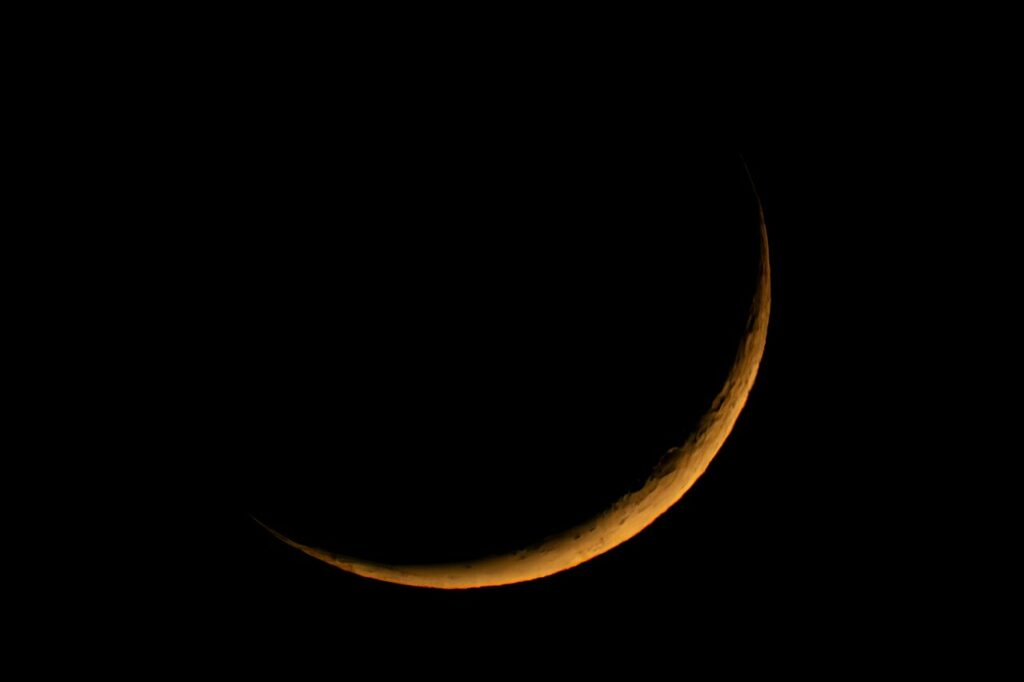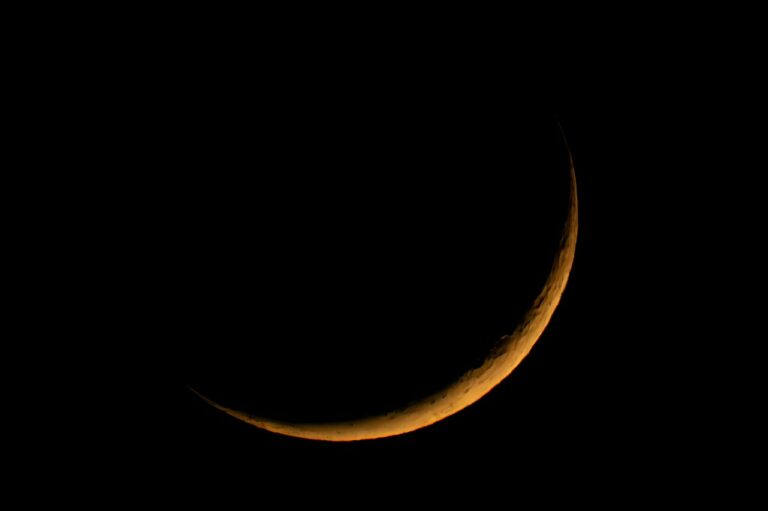From Apollo to Artemis: America’s Bold Wager on Private Space Exploration
Intuitive Machines, a private company based in Houston, is poised to lead a mission to the moon this week. If successful, this will be America’s first lunar landing since the Apollo era ended fifty years ago. The reputation of Intuitive Machines will be at stake as their Nova-C spaceship is set to launch on Wednesday, riding atop a SpaceX rocket. This comes after recent successful missions by China, India, and Japan.
One might wonder why NASA has chosen to entrust such important tasks to the commercial sector, especially considering the recent failure of Astrobotic, another company with similar goals. The answer lies in NASA’s reorganization for their flagship Moon-to-Mars program, known as Artemis.
During the Cold War, NASA had unlimited funding and managed industrial contracts meticulously. However, the new approach relies on America’s robust market economy to deliver breakthroughs at a fraction of the previous costs. While this strategy has yielded some positive results, it also poses the risk of the United States falling behind China, its main space rival, in achieving significant milestones such as the next crewed mission to the moon and retrieving the first rocks from Mars.

SpaceX success
The emphasis on emerging companies within NASA’s Commercial Lunar Payload Services (CLPS) initiative is a direct result of the success story of SpaceX, which initially faced criticism during its early stages but has now become NASA’s preferred contractor.
According to Scott Pace, a former member of the National Space Council, NASA deliberately adopted a strategy that prioritizes achieving more objectives at a lower cost.
Pace stated, “SpaceX’s current reliability is a result of the numerous rocket failures they experienced along the way.”
Since the conclusion of NASA’s space shuttle program in 2011, SpaceX launches have become the sole means of launching astronauts from US soil, replacing the reliance on Russia’s Soyuz rockets.
Elon Musk’s company surpassed the more established aerospace giant Boeing in certifying its system first, demonstrating to experts the value of competition among companies offering different options.
A study published in the journal Nature revealed that each space shuttle launch cost over $2 billion when adjusted for inflation. In contrast, a government audit estimated that NASA’s average cost to purchase a seat on a SpaceX flight is approximately $55 million.
On to Artemis
During the Apollo era, NASA received over $300 billion, as analyzed by Casey Dreier of the nonprofit Planetary Society. This amount far exceeds the projected $93 billion to be spent on Artemis by 2025.
Instead of dictating specific designs to private industry, NASA now procures services from companies. However, this approach has its drawbacks, as it can be fragmented at times.
While NASA possesses the Space Launch System (SLS) rocket and the Orion crew capsule, it has enlisted SpaceX to provide the first crewed lunar touchdown using an unconventional and untested landing system based on their next-generation Starship rocket.
The Starship rocket has yet to successfully complete a flight test without encountering explosions. Additionally, it requires multiple ultra-cold refuelings while in orbit before it can travel to the moon independently of SLS. Once there, it will dock with Orion and retrieve the astronauts.
Although futuristic space fuel depots could greatly facilitate long-range missions to Mars, which is SpaceX’s ultimate goal pursued by Elon Musk with great enthusiasm, perfecting this technology may potentially delay the return of American astronauts to the moon.
NASA has tentatively set the earliest possible date for this return as 2026, but there is a risk of timeline extension. In contrast, China has committed to achieving its own crewed lunar landing by 2030 and has thus far remained steadfast in its promises.
According to G. Scott Hubbard, a former high-ranking NASA official, the Chinese approach does not involve the same level of political complications seen in the United States, such as extreme polarization, government shutdown threats, and continuing resolutions, as he told AFP.
For better or worse, America is now committed to its new public-private paradigm.
Artemis was intentionally designed with a multitude of international partnerships, including Europe, Canada, Japan, the United Arab Emirates, and others, to safeguard it from being abandoned, as stated by Dreier.
Moreover, a previous Moon-to-Mars program called Constellation that was conceived in the 2000s and managed more like Apollo was canceled, largely due to budget constraints, so there is little realistic alternative.
This article is republished from PhysORG under a Creative Commons license. Read the original article.
Do not forget to share your opinion with us to provide you with the best posts !




0 Comments